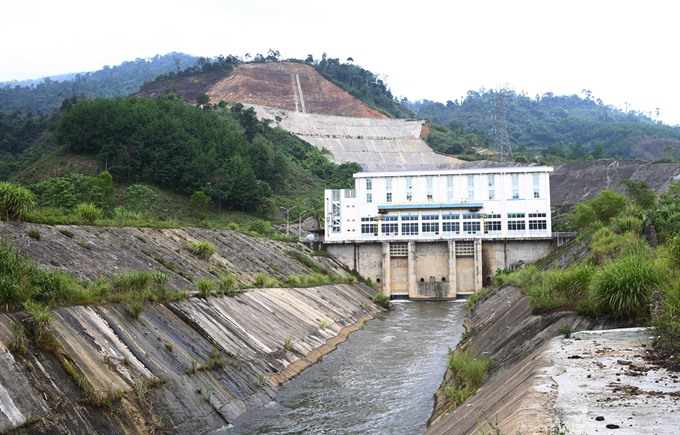 Society
Society

Four power plants in the central provinces of Nghệ An, Quảng Trị and Thừa Thiên-Huế have been asked to undertake urgent repairs before the flooding season arrives.
 |
| The A Lưới power plant in central Thừa Thiên-Huế Province. — VNA/VNS Photo Hồ Cầu |
THỪA THIÊN- HUẾ — Four power plants in the central provinces of Nghệ An, Quảng Trị and Thừa Thiên-Huế have been asked to undertake urgent repairs before the flooding season arrives.
Tô Xuân Bảo, deputy director of the environmental and technical safety agency under the Ministry of Industry and Trade, has asked Nghệ An-based Nậm Mô, Nậm Pông and Quảng Trị-based Hạ Rào Quán, and the Thừa Thiên-Huế-based A Roàng power plants to conduct swift repairs at their facilities.
Bảo, who was leading a team investigating safety situation on power plants earlier this month, said Nậm Mô had minor cracks in its reservoir walls and repair was essential soon.
The power plant was also asked to perform regular environmental monitoring tasks according to its environmental impact assessment.
The team also reminded Nậm Pông, another plant in Nghệ An, to adhere to the information and work closely with local authorities in the affected areas to ensure safety ahead and during the release of water in the rainy season.
Hạ Rào Quán in Quảng Trị Province was asked to install alarms to provide a warning during operation. Its authority was also asked to install posts monitoring floodwater levels following its release of water for the benefit of communities living in the lower areas.
The team concluded A Roàng has caused landslides in the area surrounding the plant and demanded urgent construction of an embankment. It was also asked to undertake repairs to prevent possible leaks from cracks in reservoir walls and do dredging work to create more room for water reserves in the reservoir during the flooding season.
The central region has steep and narrow topography and the sudden release of water in huge volume simultaneously by power plants produces swift and critical floods in lowland areas. During the rainy season in recent years, many plants have been blamed for incautious water release, which has claimed lives and destroyed properties of families living in the lower areas. — VNS




